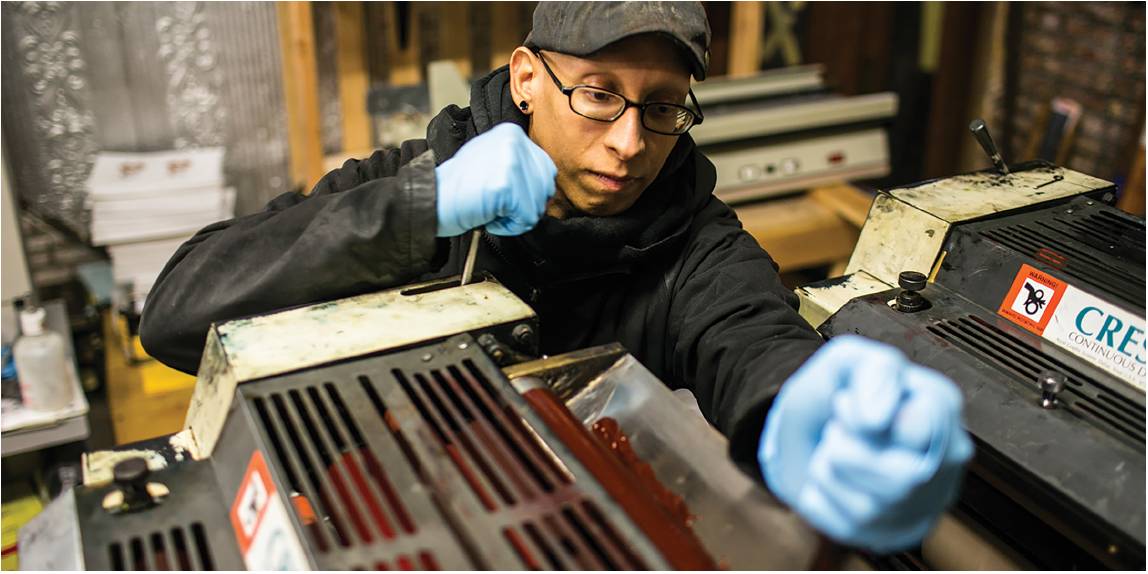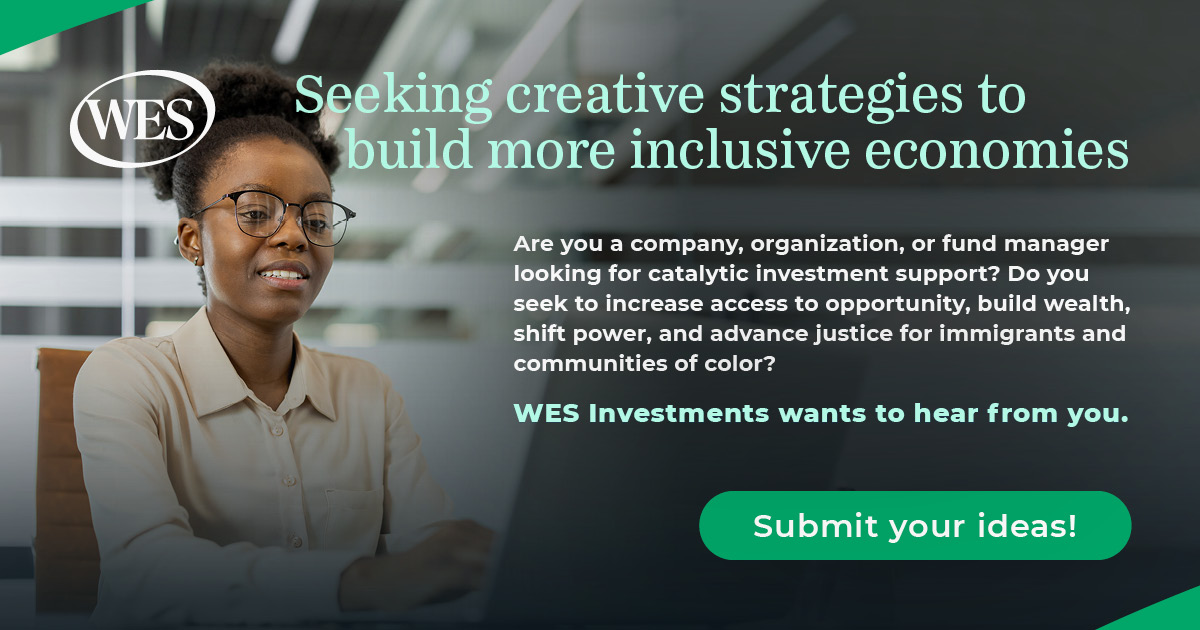To better support entrepreneurs and community groups seeking to achieve both social and financial returns, we need to structure investments differently.
Here are four changes impact investors need to consider to truly bring about the social effects they want.
1 // EXTEND OUR TIME HORIZON
The investment field is notoriously impatient. Investors often expect new businesses, community programs, or public policies to be developed and implemented in record time. Startup businesses are expected to operate at breakneck speed to prove themselves, and often make ill-advised business decisions because of the pressure that investors put on them to realize profits quickly. These expectations are at odds with the realities of how social and economic change happen. Economic inequality, racial injustice, environmental challenges — these are problems that have been with us for millennia, and they aren’t going to be solved overnight.
Let’s look at an example that many people are talking about these days: the lack of opportunity facing low-income neighborhoods in America’s cities. While we’re encouraged to see the development of individual social enterprises that provide jobs to workers in low-income neighborhoods, solving for economic inequality is much more complex. It requires affordable, healthy homes; transit that connects people to good jobs; local grocery stores that provide healthy, affordable food to residents — the list goes on. So addressing these factors requires aligning government policies and funding with private capital, mobilizing local communities and engaging them in the problem-solving process, building businesses that create income and wealth for local residents, etc. But the investment community is reticent to get involved in complex deals that are designed to address multi-faceted challenges because they perceive them to be risky and lengthy. Yet, by extending the timeframe of their investments and getting engaged in community-level solutions — for example, partnering with foundations and government organizations who can buy-down risk through loan guarantees, etc. — investors might find that their long-term investment could be very beneficial to the financial bottom line and the community — and not nearly as risky as they might imagine.
2 // INVEST EARLY IN BUILDING CAPACITY
Most low- to moderate-income communities in the US do not have sufficient access to investment capital, and that means that they are often ignored as potential investment opportunities and chronically under-invested in. To address this reality and lessen the real or perceived risks of investing in these communities, investors need to become a lot more sophisticated in understanding the potential that investment in underserved communities can have for the investors and the investees, including creating viable, long-term economic opportunity in communities that have often been systematically denied it. It also means that investors may need to invest in building the capacity of businesses and community organizations that do not traditionally have access to capital. Through rigorous, early investment in management training and other forms of capacity-building, there is real potential for increasing the social and financial returns resulting from investment in lower- to moderate-income communities.
3 // RETHINK RISK-SHARING
In the case of a failed investment in a set of social enterprises in a low-income community, who is more likely to be able to absorb the loss — a wealthy investor or a group of low-income entrepreneurs who risk their shirts in order to try to boost their chances for economic mobility?
Clearly, the entrepreneurs stand to lose far more, relatively speaking. Yet many investments are structured around the need to minimize investors’ risk, which often means that the investees bear the burden of protecting the investors’ assets.
The Working World is a relatively new investment group that imagines an investment paradigm in which risk can be shared more equitably among investors and investees. Among other things, they’ve developed funds that support worker-owned factories in Argentina, Nicaragua, and now New York. The funds only get repaid when the employee-owned factories are profitable, and the level of financial return is determined in partnership with representatives from the projects.
 Worker-owned Radix Media printers in New York received investment from The Working World.
Worker-owned Radix Media printers in New York received investment from The Working World.
This novel idea of sharing risk and determining success with investees is paying off: Since 2004, The Working World has supported more than 800 projects with over 200 businesses, lending more than $4 million and creating hundreds of jobs in the process. Moreover, they have a 98 percent repayment rate and, due to investor demand, they are now offering a fixed-rate loan product as well as a floating-rate equity product. Their success and the interest from investors clearly demonstrates that there are new and different ways to go about investing where the investor can still make profits while limiting risk to investees and achieving positive social outcomes.
4 // BRIDGE THE GAP BETWEEN INVESTORS AND INVESTEES
There is a powerful belief in the venture capital world that apart from a good idea, the thing that matters most in investing is the quality of an enterprise’s leadership team. What this often translates into is investors’ comfort with specific leaders. Human beings tend to feel most comfortable with people who look like them. Thus, investors tend to assess the potential for new enterprises to succeed based in part on their own implicit biases. As 78 percent of investment professionals are white and 65 percent are male, this means that it is more likely that investments will be directed to businesses run by white men than to women or people of color.
We see this bias confirmed in the data. Venture capital firms with women partners are three times more likely to invest in companies with women CEOs (58 percent of firms with women partners versus 15 percent of firms without women partners). Moreover, according to Project Diane, out of more than 10,000 venture deals that were funded from 2012 to 2014, just 24 of the startups were led by black women. These data clearly demonstrate a lack of comfort felt by many investors making them unwilling to invest in enterprises not run by white men. Yet, the data show that businesses with women executives perform better than those without women executives. It’s time for investors to take more “risks” on enterprises led by women and people of color and to recognize and celebrate the financial and other successes those investments can bring to communities.
The Bottom Line
There’s an abundance of innovative work happening in the US and other countries that can make a significant positive impact in the lives of people and the environment. While the investment community is actively exploring new ways to mobilize capital through impact investing, for the most part it’s trying to do so within the old paradigm of minimizing risk and maximizing immediate financial returns. Let’s keep working on rebalancing these variables so investors can achieve profits — but with a bit more risk-sharing and within a timeframe that reflects the realities of how social change really happens.

Katherine Pease is the principal of KP Advisors. She has worked with foundations, investors, and nonprofit organizations for more than 20 years. This article is based on a paper she co-authored with Sarah L. Thomas, “In Pursuit of Deeper Impact: Mobilizing Capital for Social Equity.” Find her at katherinepease.comor on Twitter @katherinepease.






